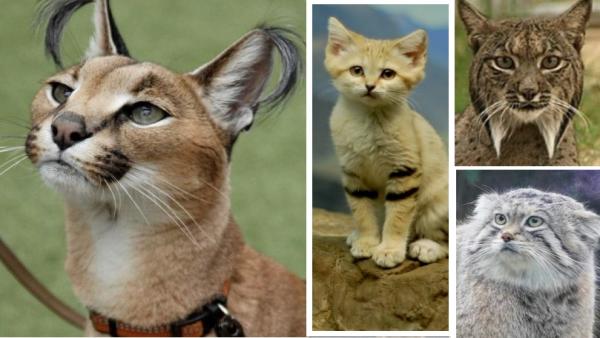A new scientific study has found an explanation for the secret of the large stone structures scattered in the deserts of northwest Saudi Arabia thousands of years ago.
According to a report published by the scientific website Science Alert, these mysterious rectangular structures may have been used by the ancient inhabitants of northern Saudi Arabia in the Neolithic era to conduct unknown rituals and deposit animal sacrifices to the ancient gods.
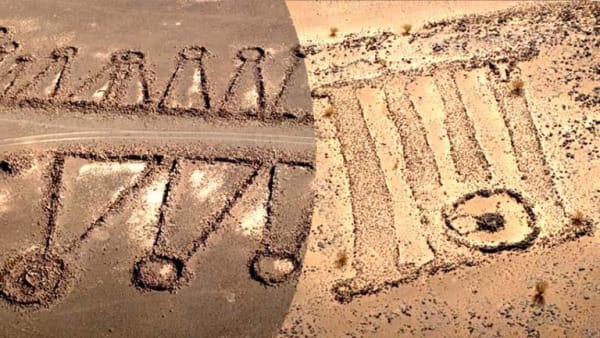
Excavations around these structures have revealed hundreds of fragments of animal remains, clustered around a standing slab of stone interpreted as sacred.
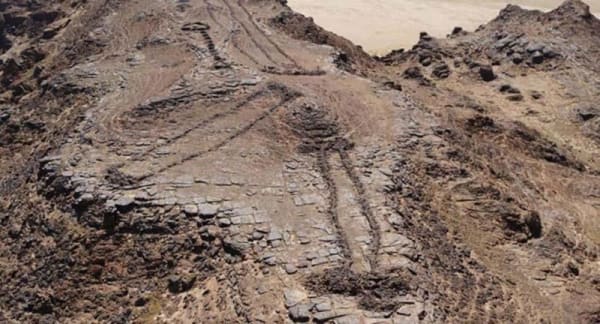
These ruins are about 7,000 years old, are known as "rectangles," and have been puzzling archaeologists since the 1970s. The aerial survey helped identify more than 1,600 oblongs scattered throughout the desert.
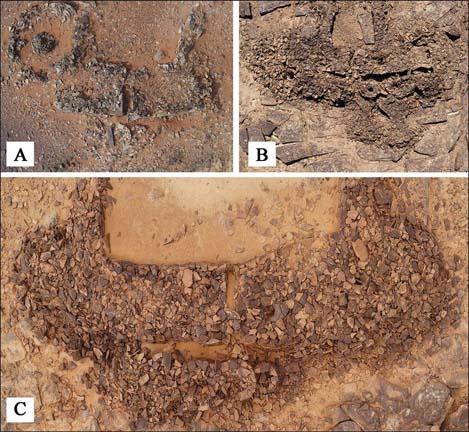
Some researchers call them "gates" because of their appearance from the air, as they appear to be "two short, thick lines of stacked stones, almost parallel, linked by two or more walls that are longer and thinner."
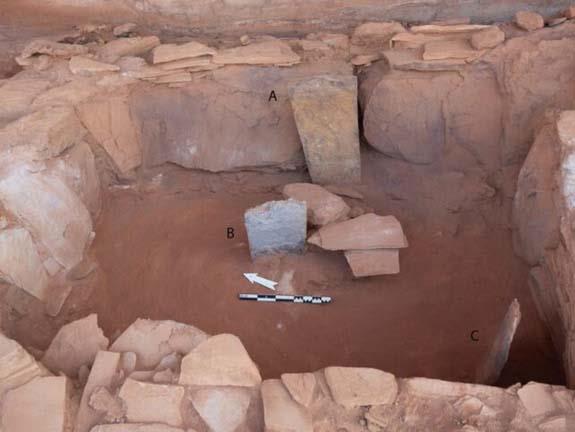
It consists of two short and thick platforms joined by low walls of much greater length, up to 600 meters and not more than half a meter (1.64 ft) in height.
Although the tip often collapses, one short end forms an entrance, while the other contains chambers of varying sizes. The purpose of using these rooms is unknown, but there is a strange absence of tools in and around them.
Archaeologists believe that this set of characteristics indicates that their use was not beneficial; the low walls and lack of ceilings make them unsuitable as livestock pens or storage facilities, for example.
In some cases, they may contain standing and decorated stone slabs, as well as a scattering of animal bones.
In 2019, an international team of scientists, led by archaeologist Melissa Kennedy of the University of Western Australia, began excavating a 140-meter-long sandstone habitat near Al-Ula. On top of one of these rectangles, they found an area with standing stone slabs. They also collected 260 pieces of animal bones, teeth, and horns, mostly around the stone slab.
They identified 246 of these fragments. Most interestingly, the pieces of bone were from animal skulls, taken from goats, deer, small ruminants, and cattle.
The team says this indicates that the stone slab is what is known as a "Betel," a sacred stone representing the god or gods of people who lived in the area thousands of years ago, with animal heads placed as ritual offerings.
Radiocarbon dating shows a range of dates, indicating that the site was in use for a long period of time, from about 53075002 BC to 50564755 BC.
1 of 1 |
Next >> |



